Summary
Technology is an essential aspect of improving learning. When students with learning disabilities are allowed to utilize their abilities by using technology, they often succeed and overcome more challenges. Assistive technology tools help the students with special needs to learn like others. Any helpful software that supports teaching and learning for kids with special education requirements is referred to as special education software (Raja & Nagasubramani, 2018). Teachers may provide various learning opportunities and strategies that engage students, promote learning, and enhance special education using technology. The following are the descriptions of five common software used in special education.
Proloquo2Go – For Augmentative and Alternative Communication
Proloquo2Go is an augmentative and alternative communication (AAC) app that assists non-speaking children in communicating. It may be fully customized and tailored to a child’s specific requirements. Various characteristics make the software beneficial for non-verbal persons with autism, Down syndrome, and other disabilities, including symbol-based communication. Proloquo2Go may assist kids in developing their language abilities, from their first words to literacy. Also, it is a crucial tool for assisting non-speaking children in interacting with others and communicating. Users may modify the app’s interface to suit their demands due to this feature. It has a pre-existing symbol library with more than 7,000 entries that may be utilized to build unique messages. It also enables students to communicate even if they are unable to talk. Additionally, it can support many languages. Its price is $249, and it has no free trial.
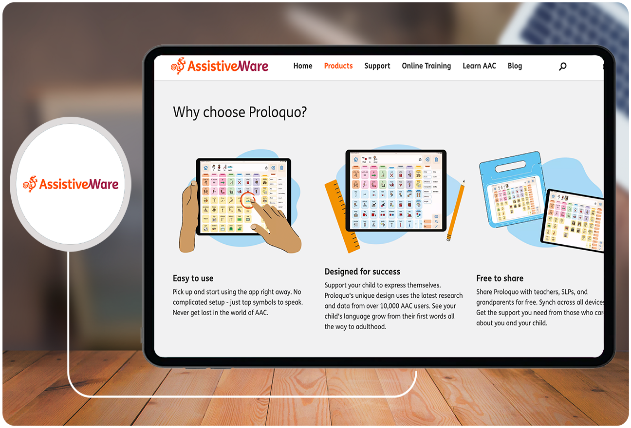
LiveScribe Smartpen – Assistive Pen for Aiding Note-Taking
The LiveScribe Smartpen is an assistive pen that facilitates taking notes and studying. A camera built inside the pen records video of the user’s handwriting and drawings. The user may then rewind the video to view and hear the notes or drawings they made. Additionally, the pen contains a built-in microphone that enables audio recording of notes. Furthermore, the Smart pen syncs with a computer or mobile device, enabling users to transmit their notes and recordings for review and modifications (Nordström et al., 2018). Moreover, Smart pen can capture videos because it has a built-in speaker and microphone. Due to its 4GB RAM, it can hold up to 200 hours of music. Evernote, Google Docs, and LiveScribe Desktop are compatible with the LiveScribe Smartpen. The cost is; Echo 2 – $133.69, Symphony – $100.84, and Symphony bundles promo – $105.08. It has a 30-day free trial.
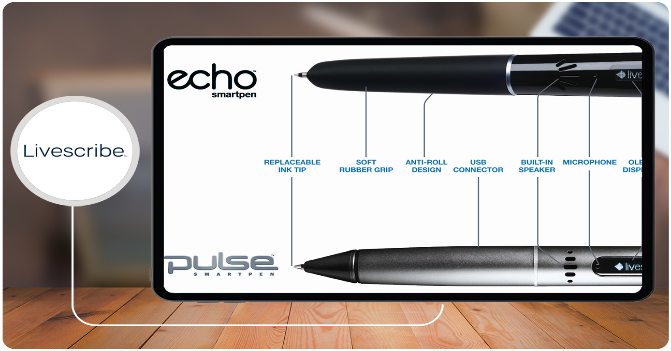
iComm – Pictures and Words to Aid Toddlers with Disabilities
A pre-speech toddler or a child with special needs may use the iPhone software iComm to learn about shapes, colors, and letters. The complete version of the program comprises 20 categories, each with vocal recordings that help with item identification. The software also captures the child’s voice so that they may still communicate even if they are unable to talk. It is simple to use and aids in children’s developmental advancement. Being very visual, it aids in the learning of fundamental ideas and words by children with impairments. It does this by utilizing simple phrases and visuals to aid word understanding. It is also easy to use. For the iPhone app, it is Free, while the complete Version Upgrade costs $6.99.
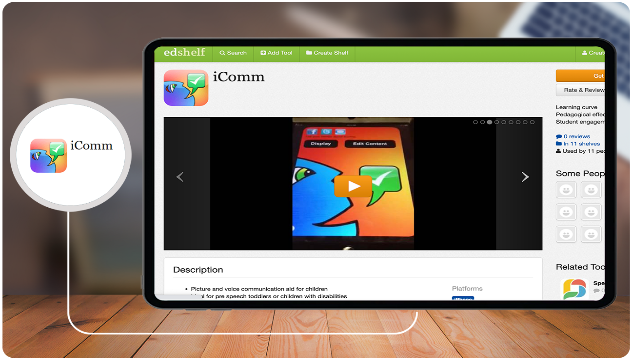
YellowFolder – SPED Record Management
A cloud-based education record management system called YellowFolder stores, accesses, and manages data. States, districts, and schools can utilize this system to handle their Special Education data. The advantages of utilizing YellowFolder include sharing data with other users, viewing records from any internet-connected device, and automatically backing documents. In addition, YellowFolder complies with all national and state regulations about record storage. It offers personalized folders that make storing papers easier, keep tabs on each student’s progress, and create deadline alarms. It also provides an online portal for parents and guardians to check their child’s data. The pricing for one student and 1 year of archived records is $2,990. It has a free demo for 12 hours.
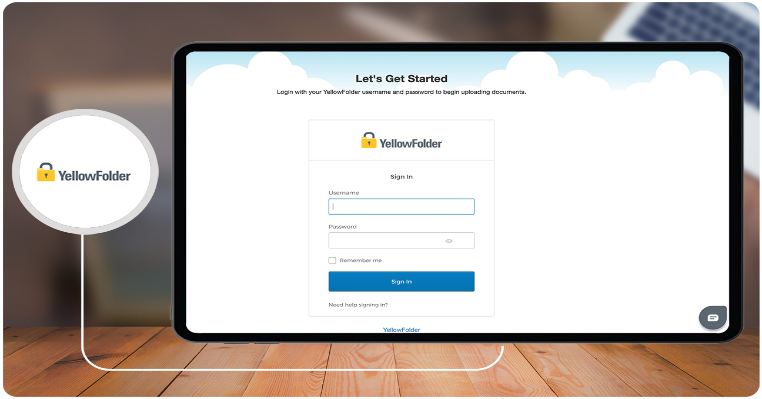
Personal FM listening systems
This improves concentration levels, allowing the user to listen to speakers more effectively. The device has an earphone for the receiver and a wireless transmitter for the speaker. FM systems work using radio broadcast technology. The student and the teacher may keep a constant sound level regardless of distance or background noise with a transmitter microphone and a receiver. Any audio source may be broadcast via the auxiliary input. Additionally, it enhances group or personal listening. Lifetime Extra Limited Warranty is offered. The cost of it is at least $150 with no trial.
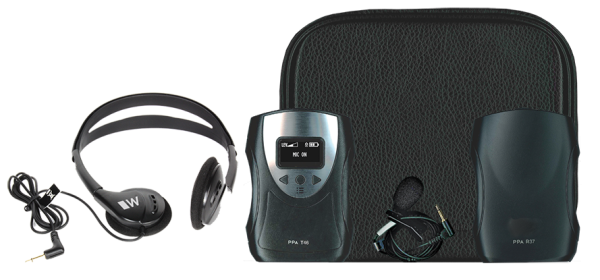
The use of technology in Special education
Technology has rapidly altered human lifestyles, just as it has altered the education sector. Our education systems, which are a few years behind, are being progressively and steadily replaced by it. The term “equitable use of technology” describes students having access to information technology regardless of their social or economic position, race, ethnicity, physical capabilities, age, or other characteristics (Tohara, 2021). Technology offers significant learning possibilities, but it also plays a fundamental role in helping students acquire the skills and information they need to function as digital citizens. Students who do not have enough access to information and technology miss out on learning opportunities and may have fewer options in the future.
According to educational standards, chances should be given to disabled students so they may reach their full potential. They should not face prejudice and should be allowed to engage in education and training on the same terms as students without impairments. Digital technologies are now widely used and freely available due to the IT industry’s development, which makes it possible to use them to provide students with new options (Olakanmi et al., 2020). Assistive technology, particularly in the classroom, is reshaping what is possible for persons with a wide range of learning, cognitive, and physical skills and impairments. E-books and applications are only a few examples. Technology in special education is primarily used to help children learn in a manner that considers their unique learning preferences and limits. Helping them achieve improved academic achievement and more independence is equally important.
The benefit of technology in special technology
Technology has been shown to offer tremendous benefits in special education programs. Due to educational technology, special needs students may now study and engage with their peers and instructors in both a physical and virtual classroom setting (EdTech). Using assistive technology tools like speech recognition software, screen readers, artificial intelligence (AI), virtual reality (VR), and more EdTech software makes it simple for educators to provide students with personally tailored learning experiences.
Physical limitations, such as those affecting movement or motor function, make it difficult for students to engage in many more hands-on learning activities. By using interactive digital tools and virtual experiences, EdTech can close that gap by enabling students who need wheelchairs, walkers, canes, braces, and other assistance to fully engage in activities. One of the numerous advantages of technology in special education classrooms is the ability to provide a one-on-one encounter between a student and their instructor or between a student and their learning materials (Sulaimani, & Bagadood, 2022). EdTech applications let students work on assignments alone or with their teacher to maintain concentration.
Potential Limitations of Technology in Special Education
Even though much of the technology discussed here is user-friendly, it is not always simple to integrate these technologies into the classroom. The teachers tasked with implementing them and showing their usage to special education children may have a real challenge with the tools and apps. With internet-connected gadgets, there is also a chance that websites or other technological features unrelated to the student’s curriculum may distract their attention.
Choosing the Right Education Technology Tools for Your Classroom
Technology in special education classes has clear advantages. These EdTech solutions provide students with a tailored educational experience that caters to their particular requirements and allows them to study at their speed. However, educators must be aware of the kind of tool their students will need for EdTech to provide the best solutions to their issues. Likewise, students with visual impairments, for instance, will not benefit from virtual reality technologies since they provide primarily visual experiences. In contrast, screen readers and voice command technologies will not help deaf or hard-of-hearing learners. You can choose the best EdTech solutions by being aware of the unique requirements of each student and what they need the most assistance with. You may learn more about these apps and even create your EdTech app with customized features by speaking with an expert app developer.
References
Nordström, T., Nilsson, S., Gustafson, S., & Svensson, I. (2018). Assistive technology applications for students with reading difficulties: special education teachers’ experiences and perceptions. Disability and Rehabilitation: Assistive Technology, 14(8), 798–808. Web.
Olakanmi, O. A., Akcayir, G., Ishola, O. M., & Demmans Epp, C. (2020). Using technology in special education: current practices and trends. Educational Technology Research and Development, 68(4), 1711–1738. Web.
Raja, R., & Nagasubramani, P. C. (2018). Impact of modern technology in education. Journal of Applied and Advanced Research, 3(S1), 33–35. Web.
Sulaimani, M. F., & Bagadood, N. H. (2022). Assistive technology for students with intellectual disability: Examining special education teachers ‘perceptions in Saudi Arabia. Assistive Technology, 1-7. Web.
Tiernan, P. (2021). Exploring Digital Literacy: How Do Undergraduate Students Evaluate Digital Video for Inclusion in Assignment Work? Digital Education Review, 40, 110–121. Web.